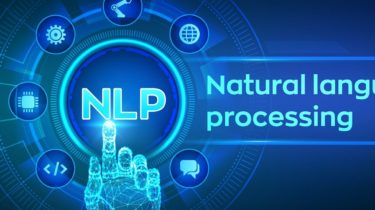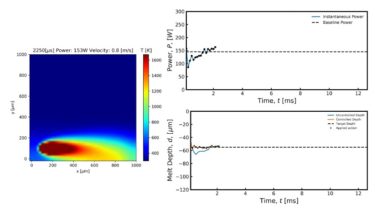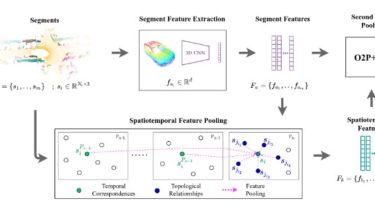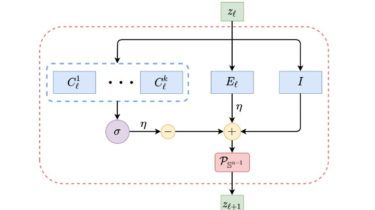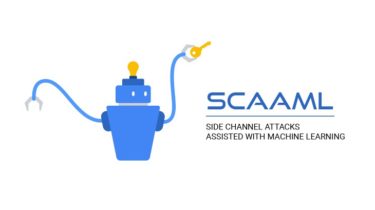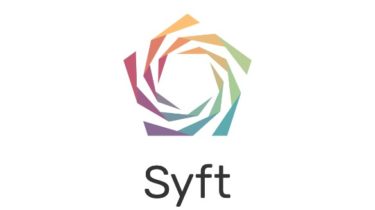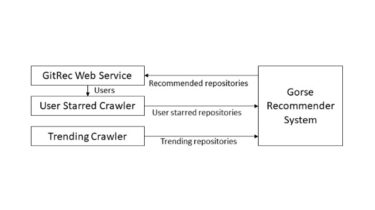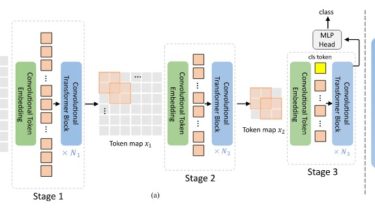A unified and flexible and comprehensive traffic prediction library
LibTraffic(阡陌) LibTraffic is a unified, flexible and comprehensive traffic prediction library, which provides researchers with a credibly experimental tool and a convenient development framework. Our library is implemented based on PyTorch, and includes all the necessary steps or components related to traffic prediction into a systematic pipeline. LibTraffic currently supports the following tasks: Traffic State Prediction Traffic Flow Prediction Traffic Speed Prediction On-Demand Service Prediction Trajectory Next-Location Prediction Features Unified: LibTraffic builds a systematic pipeline to implement, use and evaluate […]
Read more
